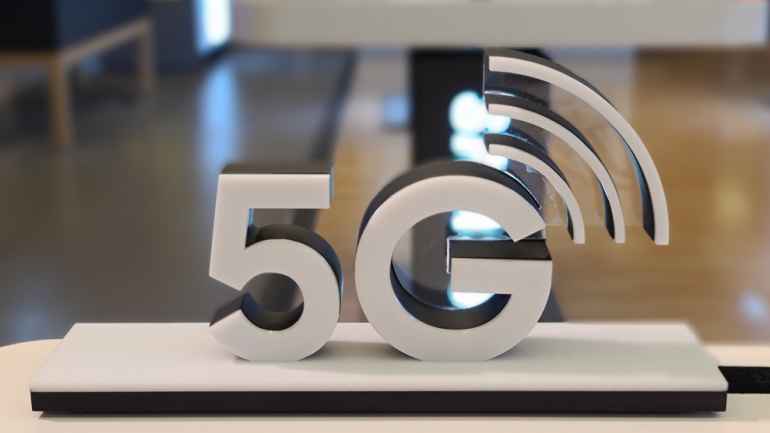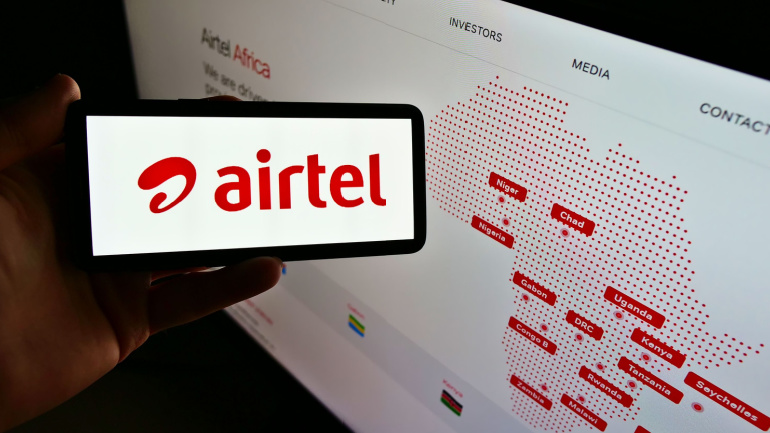Nokia, TPG and Mediatek are collaborating to showcase the power of carrier aggregation technology in live-streaming 360-degree broadcasts, a key element for future metaverse applications. The demonstration at Nokia’s 5G Futures Lab used multiple sub-6 GHz frequency bands to maximize 5G uplink speeds, enabling real-time transmission of high-quality video. The technology could revolutionize the viewing experience for TV, movies, sports and industrial metaverse scenarios such as remote-controlled robots performing hazardous tasks.
UK’s Voxnube and Silicon Valley’s Altigen partner to offer comprehensive Microsoft Teams solutions, while Verizon raises rates on 2018 unlimited plans. Samsung introduces One UI 6 Beta for Galaxy S23 Series, featuring improved user-friendliness. MarCloud Consulting joins forces with Sinch for enhanced global marketing growth.
The Q2 global market growth for cloud infrastructure services showed a flourishing trend, although at a slightly reduced rate from Q1. The noteworthy strides are largely linked to evolving spending habits, with AI expected to power considerable growth soon. Amazon and Microsoft demonstrate this shift, announcing AI-focused programs in response to the rising demand. Nevertheless, mastering AI implementation comes via strategic partnerships, open to those willing to forward AI applications.
As Poland launches its long-awaited 5G spectrum auction in the 3.5GHz band, all four national mobile operators are joining the race. With COVID-19 delays and governmental cybersecurity amendments posing uncertainties, the stakes remain high in Poland’s quest for competitive 5G capabilities. As the process evolves, international eyes are keenly watching the influence of these audacious moves on the global telecommunications landscape.
The Biden Administration’s ambitious $2 trillion infrastructure plan injects considerable capital into US chip production, with the aim of bolstering national security and reducing reliance on foreign manufacturers. Last year, the US produced only 12% of the world’s chips, highlighting a dependency on international manufacturers, primarily in Asia. Intel emerges as a key beneficiary of this investment, declaring over $43.5 billion towards manufacturing units across the US. Yet, for some companies, the journey remains fraught with caution as they await the federal funding.
In an audacious move against China’s tech supremacy, the U.S. has issued an executive order curbing American investment in several Chinese industries. Citing national security fears linked to the development of military, surveillance, and cyber technology in China, the U.S. declared a national emergency facilitating swift action. This could significantly impact sectors such as semiconductors and quantum computing, and might also influence global investment trend.
In a significant move, Airtel Africa has announced plans for its Uganda branch to list on the Ugandan Securities Exchange (USE). Some 20% of the company’s shares, amounting to roughly 8 billion, will be offered publicly. This strategy, aimed at boosting local ownership, coincides with a government directive and is expected to underscore the growth of capital markets. However, the final say lies with the Ugandan Capital Markets Authority…
Amid declining telco capital expenditures impacting vendor profits, private cellular networking shines as a beacon of hope. Recent research reveals a significant 60% YoY increase in Q2 revenues for private cellular networking equipment, offering new revenue streams for industry giants like Ericsson and Nokia. However, with greater benefits come complex challenges that, if overcome, could potentially catapult the market worth to a substantial $7.7 billion by 2027.
Delving into satellite technology, Telefónica forms a strategic alliance with Starlink to enhance global connectivity, specifically targeting rural and hard-to-reach regions. With initial implementation in Mexico, this high-speed internet service is set to expand to five more markets, indicating a promising shift in accessible global digital inclusion. But is this the harbinger of a new connectivity era or just a companion to existing solutions?
Intel and Samsung amplify their alliance to revolutionize virtualized Radio Access Network (vRAN) technology. With Intel driving RAN processes into a generalized realm and Samsung narrowing the divide with formidable RAN vendors, vRAN emerges as an attractive alternative to traditional RAN. But will the telecom industry celebrate this technological feat with the same fervor?













